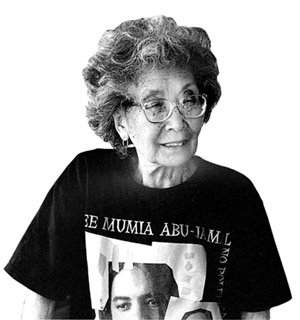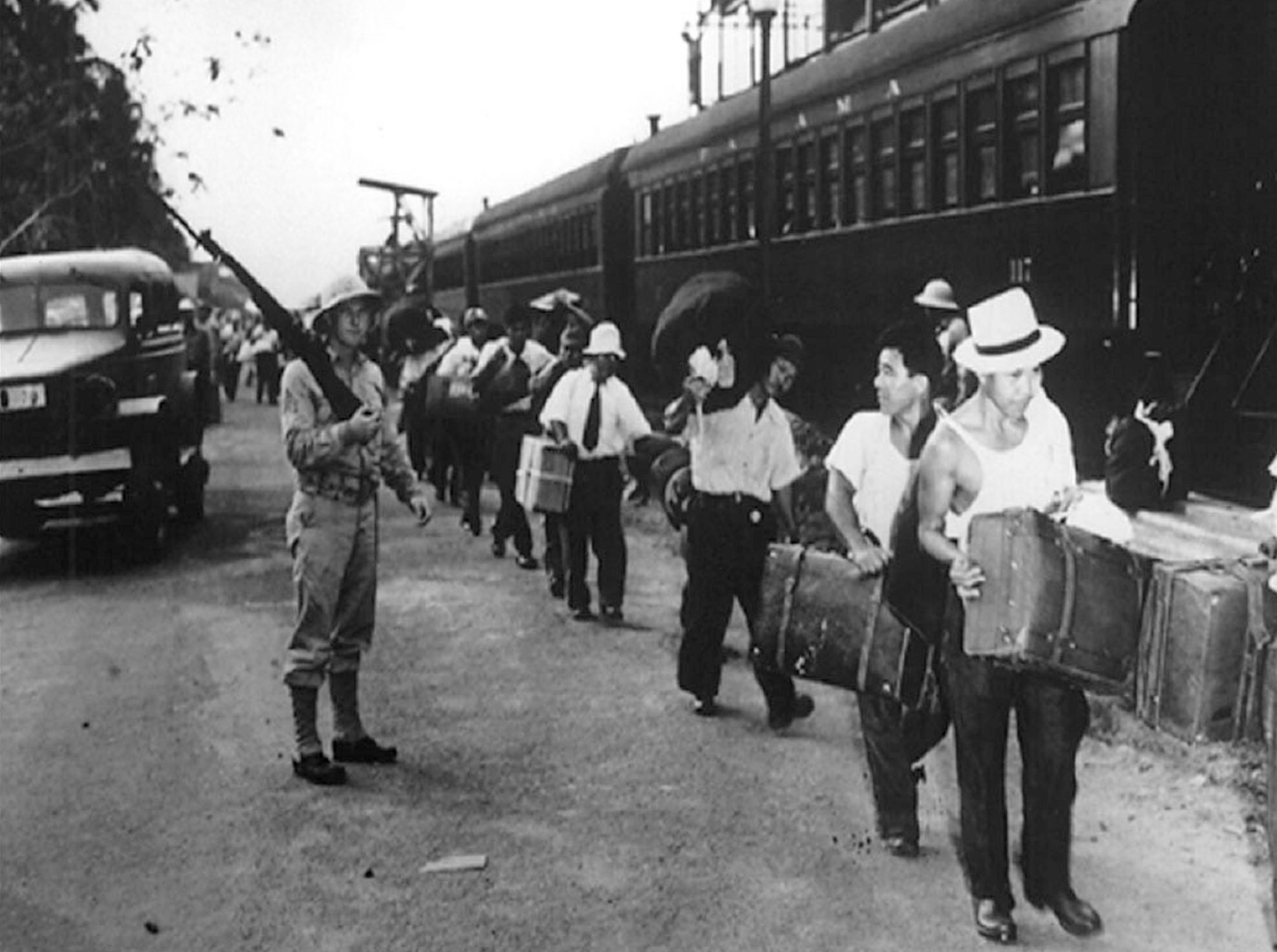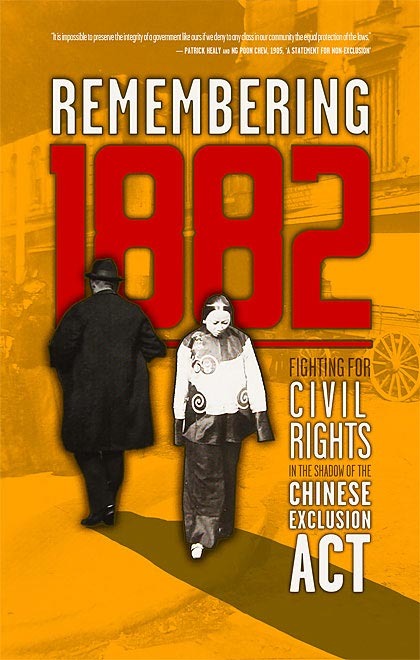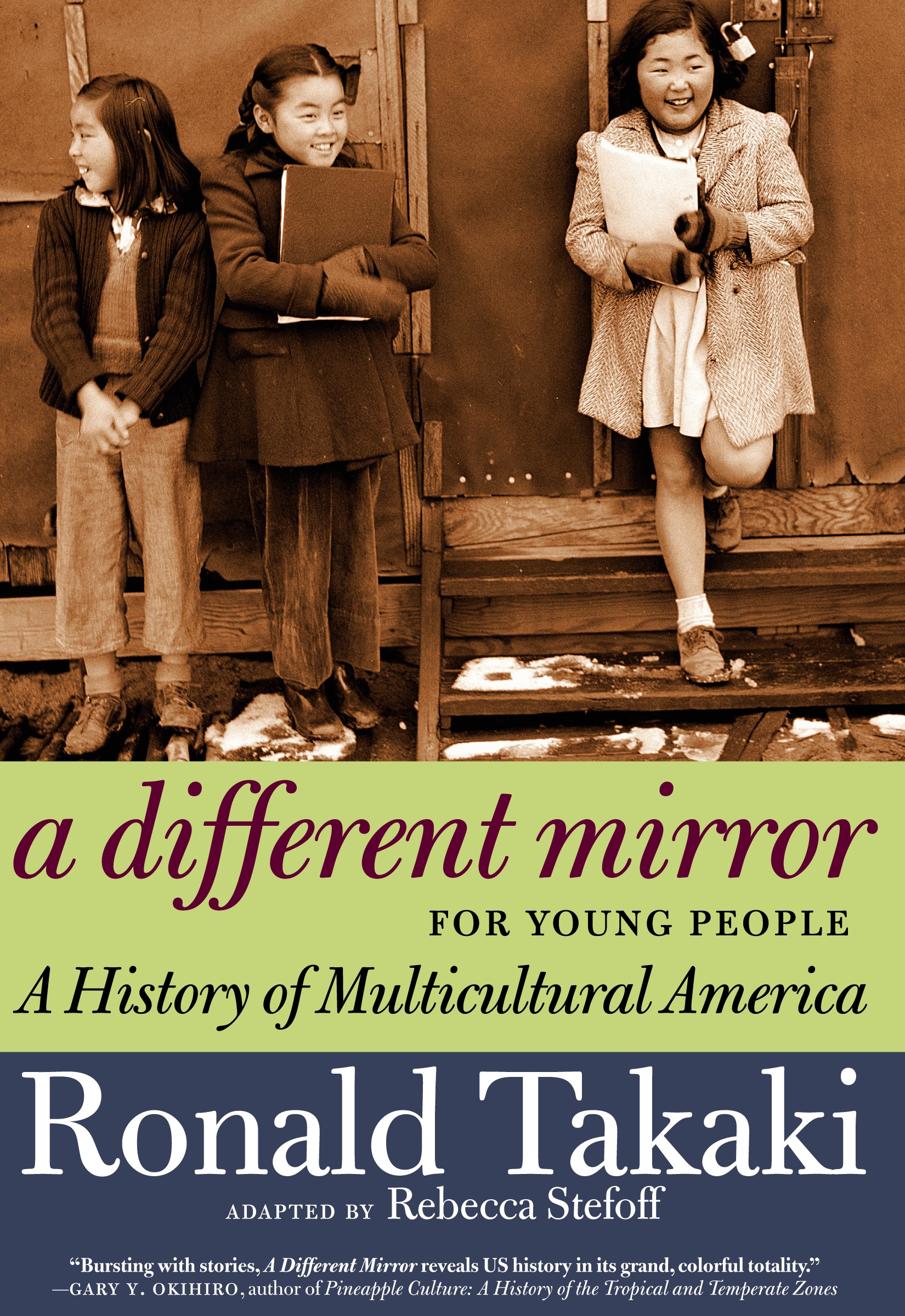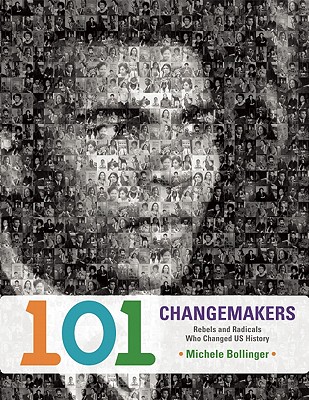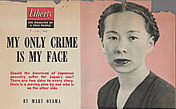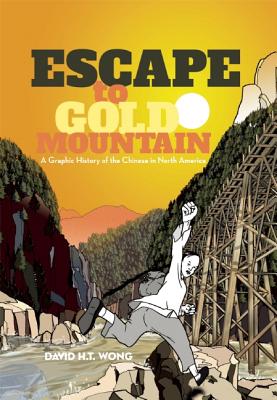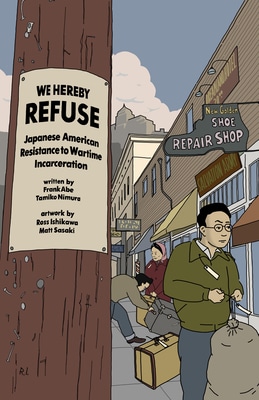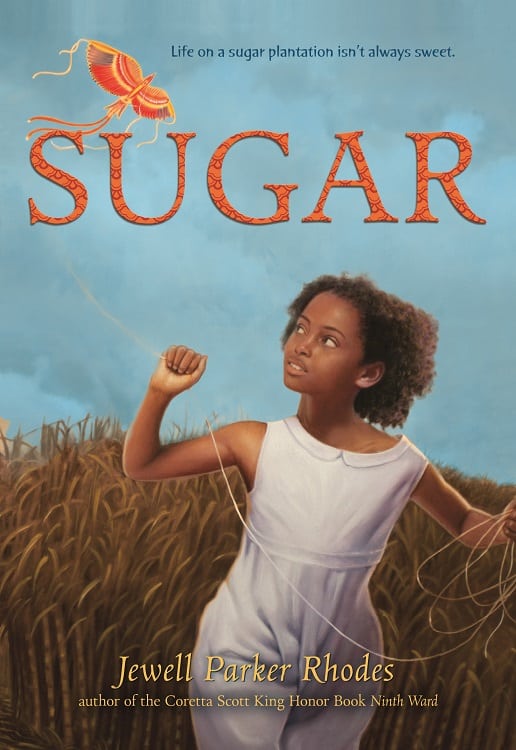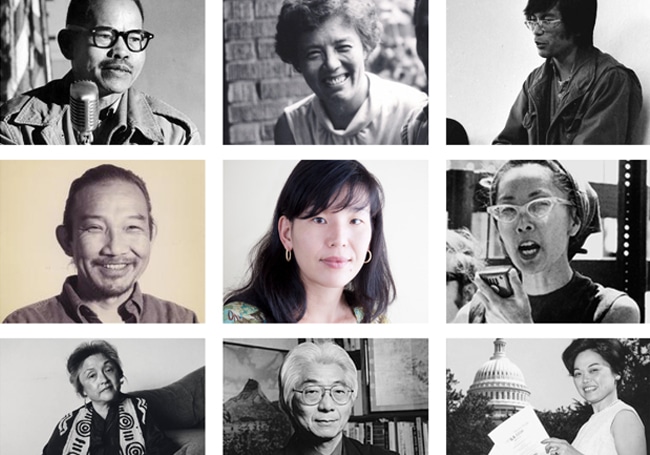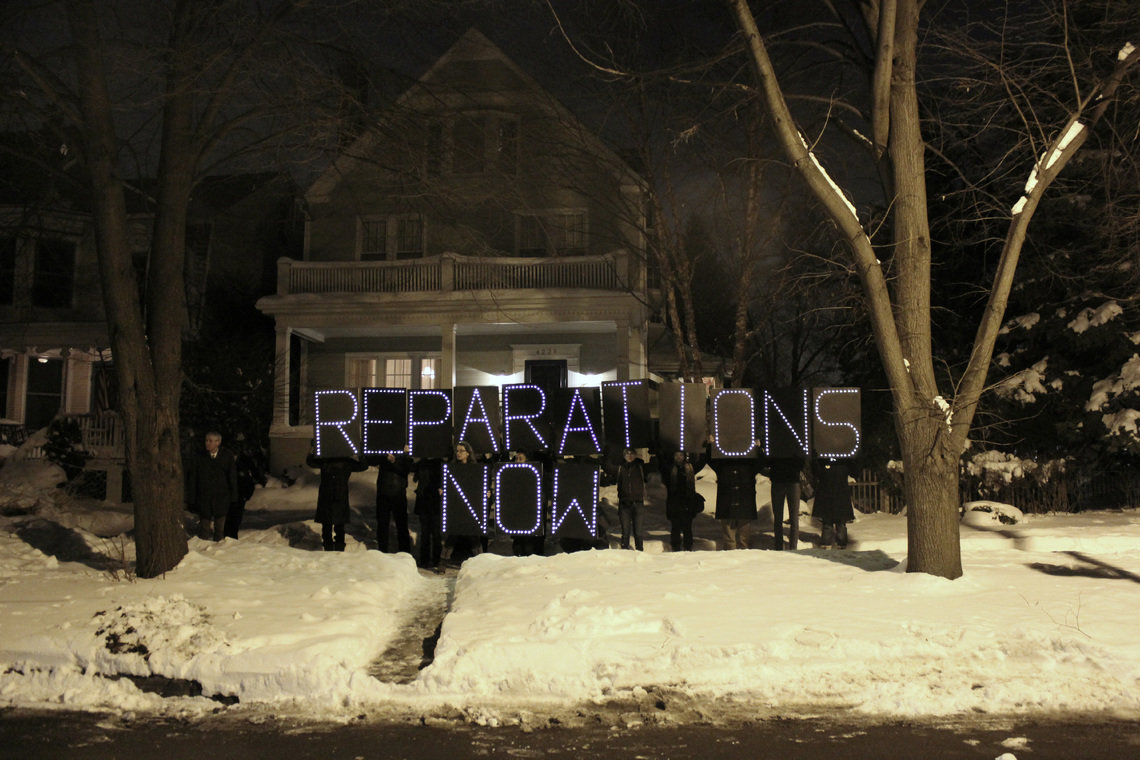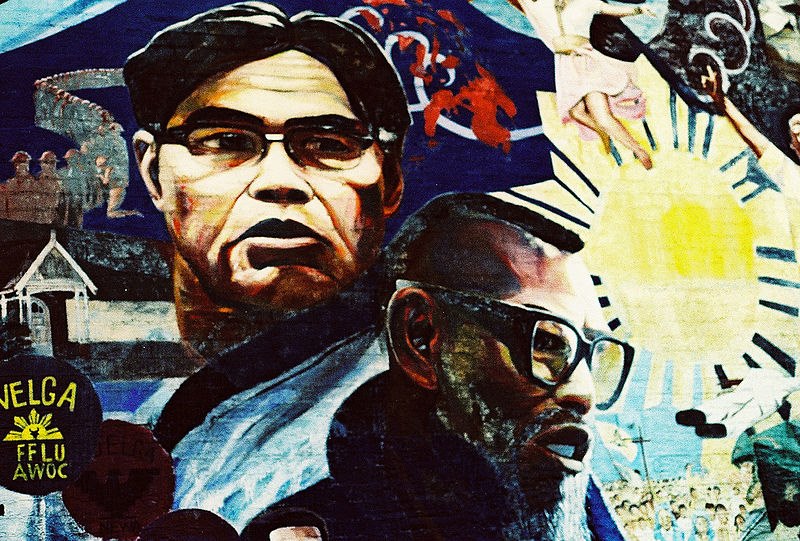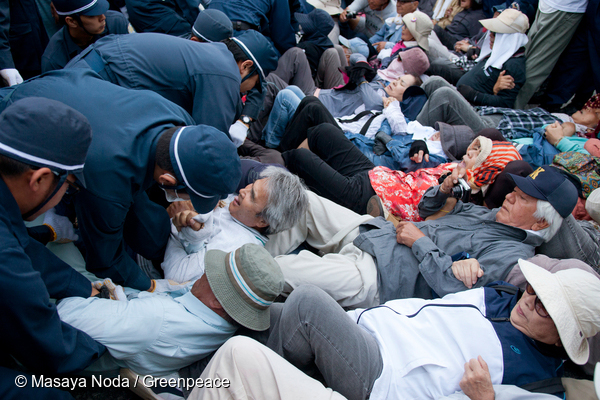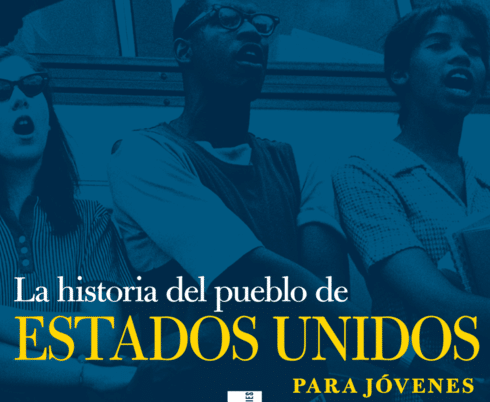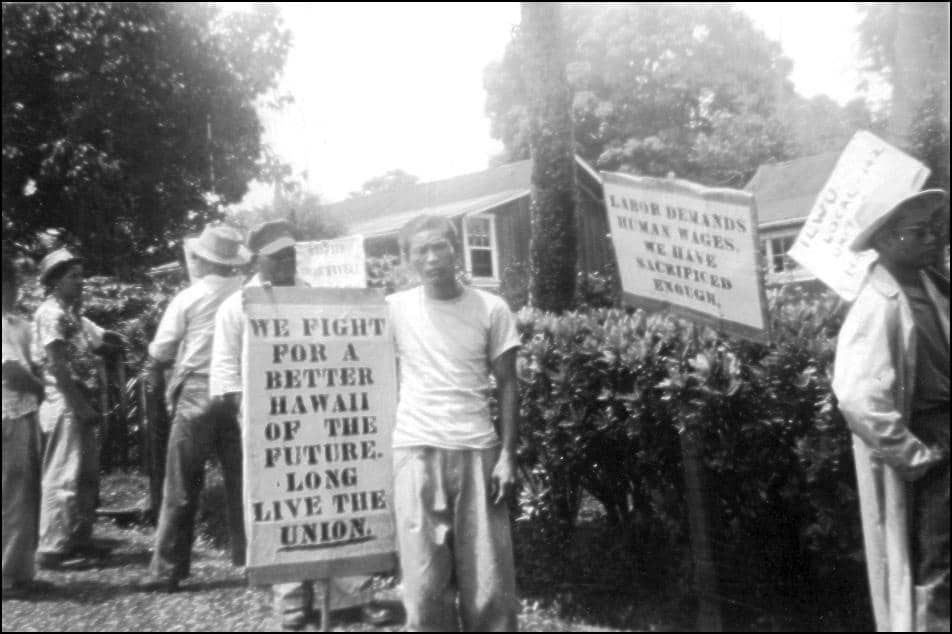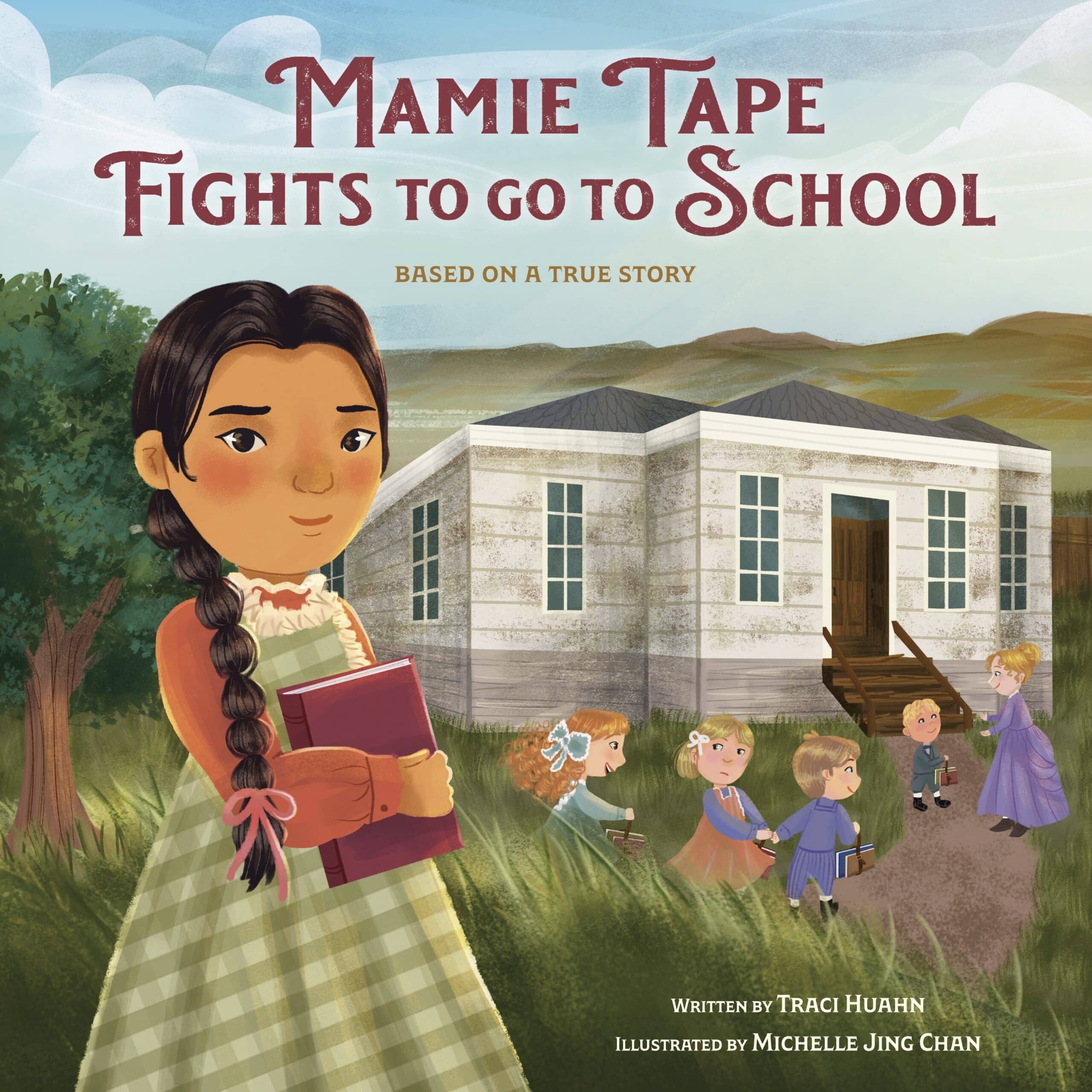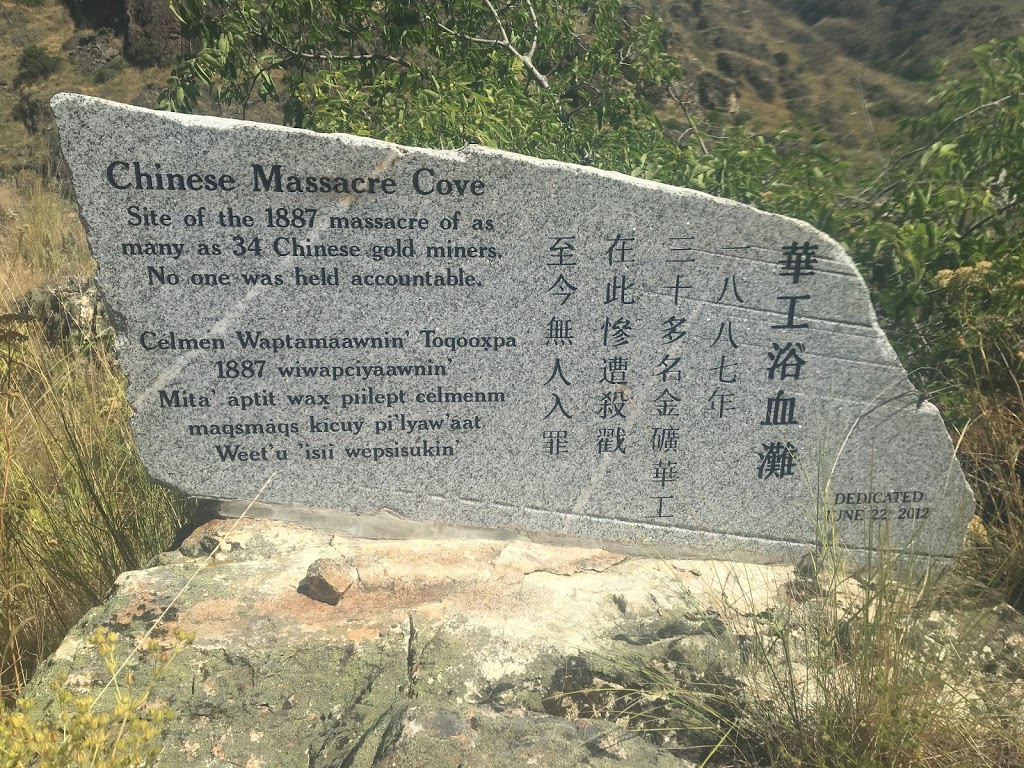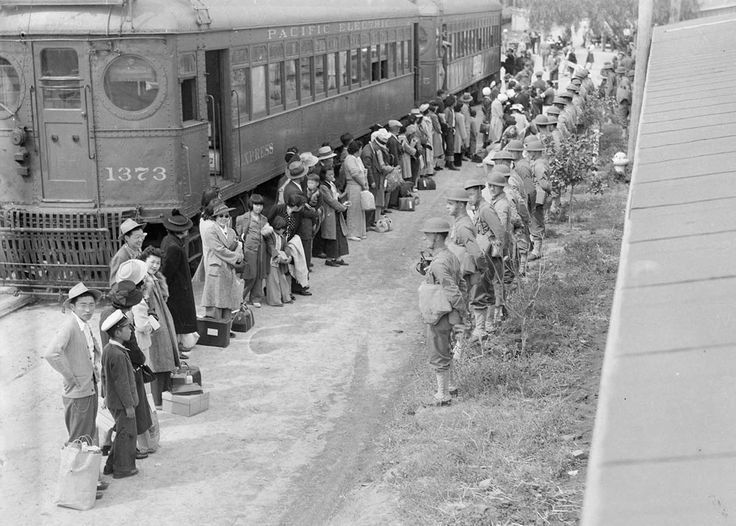Film clip. Voices of a People's History.
Dramatic reading of Yuri Kochiyama's "Then Came the War" (1991) by Deepa Fernandes.
Continue reading
Teaching Activity. By Katie Baydo-Reed. Rethinking Schools. 10 pages.
Students hold a mixer and a mock trial in preparation for reading literature about internment.
Continue reading
Teaching Activity. By Moé Yonamine. Rethinking Schools. 18 pages.
Poetry, photography, and text are used in this role play to teach about the seldom told history of Japanese Latin American internment during WWII.
Continue reading
Website.
Primary documents, historical background, and more on the Chinese Exclusion Act and the history of Chinese American struggles for civil rights.
Continue reading
Profile.
Ronald Takaki (April 12, 1939 - May 26, 2009) was an academic, historian, ethnographer, author, and activist who is credited with founding ethnic studies.
Continue reading
Book — Non-fiction. By Ronald Takaki, adapted by Rebecca Stefoff. 2012. 368 pages.
An adaptation for young readers of the classic multicultural history of the United States, A Different Mirror.
Continue reading
Book — Non-fiction. By Michele Bollinger and Dao Tran. 2012.
A collection of 101 brief and accessible profiles of rebels, radicals, and fighters for social justice.
Continue reading
Digital collection. Firsthand accounts and primary sources of the incarceration of Japanese Americans during WWII.
Continue reading
Book — Non-fiction. By David H. T. Wong. 2012. 240 pages.
A graphic novel that gives a panoramic but also an intimate look at the Chinese experience in North America.
Continue reading
Book — Historical fiction. By Winifred Conkling. 2011. 160 pages.
Based on the true story of two girls who meet in 1940s California and a landmark lawsuit on education.
Continue reading
A white supremacist shot and killed six members of the Sikh Temple in Oak Creek, Wisconsin.
Continue reading
Book — Non-fiction. By Frank Abe and Tamiko Nimura; illustrated by Ross Ishikawa. 2021. 160 pages.
This graphic novel tells the story of Japanese American imprisonment during World War II, and the resistance and defiance that existed in these internment camps.
Continue reading
Book — Fiction. By Jewell Parker Rhodes. 2013. 288 pages.
Historical fiction about Reconstruction-era Louisiana through the eyes of a young girl who bridges the divide between the long-time plantation workers and the Chinese indentured servants.
Continue reading
A lynch mob of 500 Anglo and Latino Los Angelinos rioted and murdered at least 17 Chinese residents after a white civilian died in a shootout.
Continue reading
Profile.
Brief profiles of people and events from Asian American and Pacific Islander people's history.
Continue reading
Teaching Activity. By Ursula Wolfe-Rocca, Alex Stegner, Chris Buehler, Angela DiPasquale, and Tom McKenna.
Students meet dozens of advocates and recipients of reparations from a variety of historical eras to grapple with the possibility of reparations now and in the future.
Continue reading
Filipino American History Month is celebrated in the United States during the month of October.
Continue reading
Book — Non-fiction. By Howard Zinn, adapted by Rebecca Stefoff with additions by Ed Morales. Translated by Hugo García Manríquez. 2023. 608 pages.
A Spanish translation of the young adult version of the best-selling A People’s History of the United States.
Continue reading
Led by the International Longshoremen’s and Warehousemen’s Union (ILWU), sugar workers on 33 of Hawai’i’s 34 plantations went on strike, which lasted almost three months and led to substantial improvements in pay, housing, and working conditions.
Continue reading
Picture book. Written by Traci Huahn and illustrated by Michelle Jing Chan. 2024. 40 pages.
This picture book tells the true story of a fight for access to public education by an 8-year-old Chinese-American girl, Mamie Tape, and her parents.
Continue reading
In eastern Oregon, in an area now known as Chinese Massacre Cove, a group of white horse thieves murdered 34 Chinese laborers in a brutal act of white supremacist violence in the Hells Canyon Massacre.
Continue reading
Executive Order 9066 issued by President Roosevelt authorized the incarceration (internment) of U.S. citizens of Japanese descent.
Continue reading

